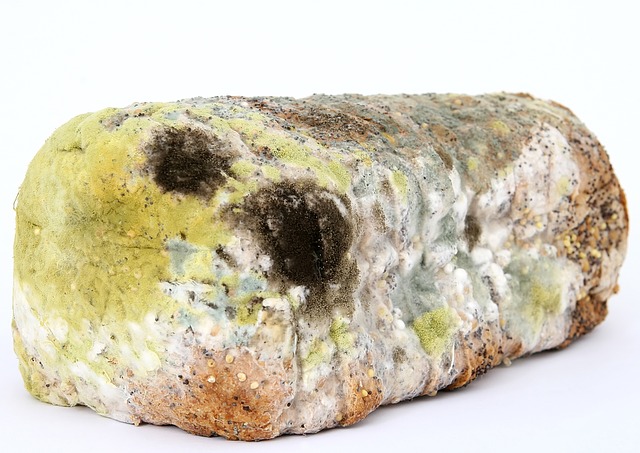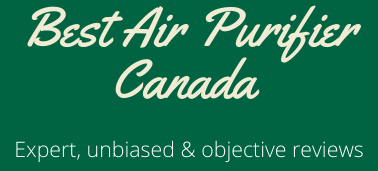Mold is a type of fungus that grows in moist and areas with high humidity. It produces spores for reproduction and these can be harmful when inhaled.
Besides, exposure to mold whether long-term or short-term leads to respiratory complications like asthma attacks, allergic reactions among other health complications. So, it is essential to curtail the growth and spread of mold.

If you notice large growth of mold in your space, it means there is an underlying issue and it should be resolved ASAP. However, such cases of high mold amounts should be left to the professionals rather than DIY.
Another effective way to deal with mold is the use of air purifiers. Many air purifier brands claim that their devices eliminate mold, but it is important to understand how this happens and at what stage air purifiers can be used to get rid of mold.
Do air purifiers eliminate mold?
The answer to this question is yes, but there are several things about air purifiers and mold you should understand.
First, air purifiers can trap mold spores floating in the air and give you clean air but up to certain levels. If you have a professional over cleaning mold from your ceiling, for example, there will be very many spores in the air and your air purifier will not be able to trap all of them.
It will help you with reducing the number of mold spores in the air and get rid of the mold smell but I will be lying to you when I say that it will remove the spores 100%.
Secondly, air purifiers do not eliminate already grown and multiplying mold. If you can spot mold on your walls or any other surface, air purifiers will not take care of that.
You need to hire professionals to tackle that mess for you. If you have it growing on the carpet or other soft surfaces, the only solution is to throw it away because mold cannot be eliminated from soft surfaces and tiny spaces.
Lastly, the conditions that allowed for mold to grow should be taken away as well. For example, if the moisture is a result of leaky water pipes, you should have them repaired by an experienced plumber.
Selecting the best air purifier for mold removal
Not every other air purifier model will be able to remove mold spores from your indoor air. The specific features to consider as you search for the best air purifier to buy in Canada include:
a) HEPA filtration
You need to invest in an air purifier using HEPA filters because they can trap particles whose diameter is as small as 0.3 microns. Mold spores are larger than 0.3 microns and, therefore, will be captured.
A point to note is that the filters should be changed. Otherwise, mold will start to grow on the surface of the filter turning your HEPA filter into a mold emitter. This will be detrimental to the health of people in the household.
b) Activated carbon filters
Mold comes with a musty smell so it should be removed from your air anyways. For this to happen, you should use an air purifier that uses an activated carbon (or activated charcoal) filter.
Such filters efficiently get rid of odors. Since carbon filters cannot be effective on their own, they are used in combination with other filters like HEPA for effective air purification. This means that an air purifier with both HEPA and activated carbon filters removes mold spores and mold smell from your air.
Conclusion
Air purifiers will help you to remove mold spores from your indoor air but you must deal with the source of the mold permanently. Fix those leaking pipes and clean the areas with grown mold with a bleach solution.
Besides, always keep your house ventilated to prevent the accumulation of moisture on the walls and other surfaces which later lead to mold growth. If the mold is too much for you to handle, seek the help of a professional.
Also, before purchasing an air purifier to help with mold, ensure that it has a HEPA filter and an activated carbon filter. A regular change of filters is also essential for effectiveness and consistency.
